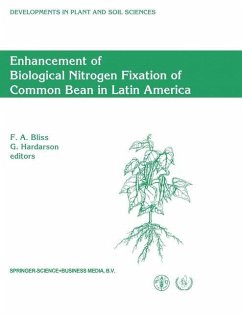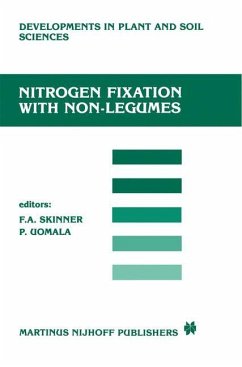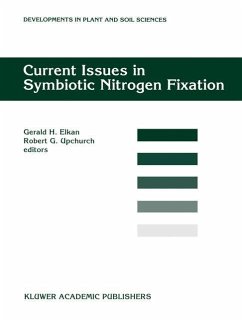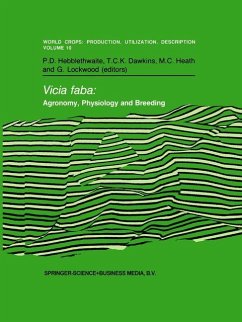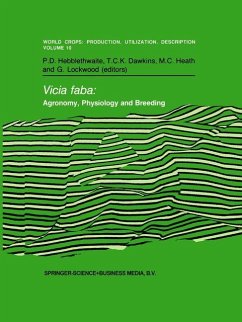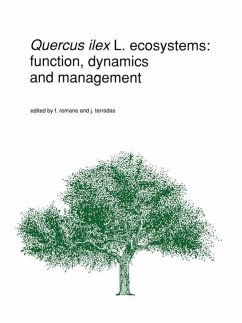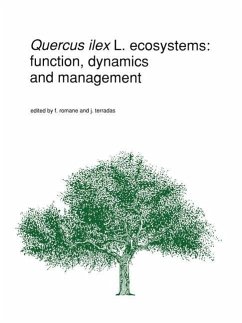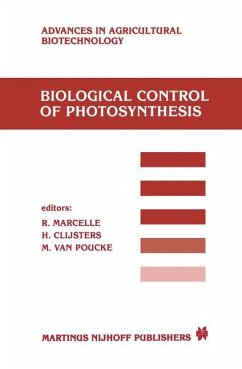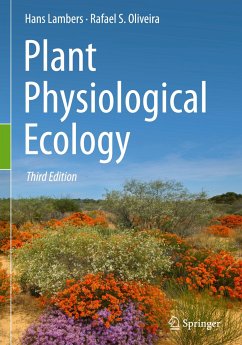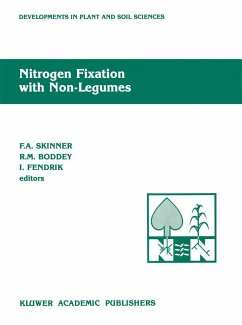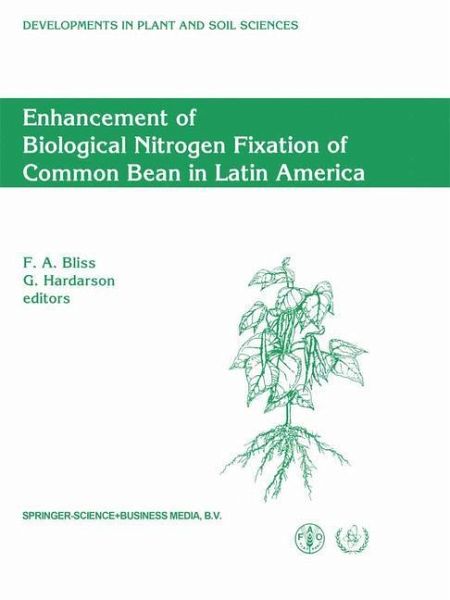
Enhancement of Biological Nitrogen Fixation of Common Bean in Latin America
Results from an FAO/IAEA Co-ordinated Research Programme, 1986-1991
Ed. by Bliss, F.A.; Hardarson, Gudni G.

PAYBACK Punkte
39 °P sammeln!
The common bean (Phaseolus vulgaris L.) is the most important pulse crop in Latin America, as well as in large parts of Asia and Africa. It is particularly important due to its ability, in symbiosis with Rhizobium bacteria, to fix atmospheric nitrogen and due to its high nutrient value. Incorporating contributions from plant breeders, microbiologists, plant physiologists and soil scientists, this volume reports the results of an FAO/IAEA Coordinated Research Programme (1985--1991), whose main objective was to enhance yield and biological nitrogen fixation in common bean by reducing its relianc...
The common bean (Phaseolus vulgaris L.) is the most important pulse crop in Latin America, as well as in large parts of Asia and Africa. It is particularly important due to its ability, in symbiosis with Rhizobium bacteria, to fix atmospheric nitrogen and due to its high nutrient value.
Incorporating contributions from plant breeders, microbiologists, plant physiologists and soil scientists, this volume reports the results of an FAO/IAEA Coordinated Research Programme (1985--1991), whose main objective was to enhance yield and biological nitrogen fixation in common bean by reducing its reliance on soil and fertilizer nitrogen.
The volume will be invaluable to scientists working on biological nitrogen fixation and legume production.
Incorporating contributions from plant breeders, microbiologists, plant physiologists and soil scientists, this volume reports the results of an FAO/IAEA Coordinated Research Programme (1985--1991), whose main objective was to enhance yield and biological nitrogen fixation in common bean by reducing its reliance on soil and fertilizer nitrogen.
The volume will be invaluable to scientists working on biological nitrogen fixation and legume production.



